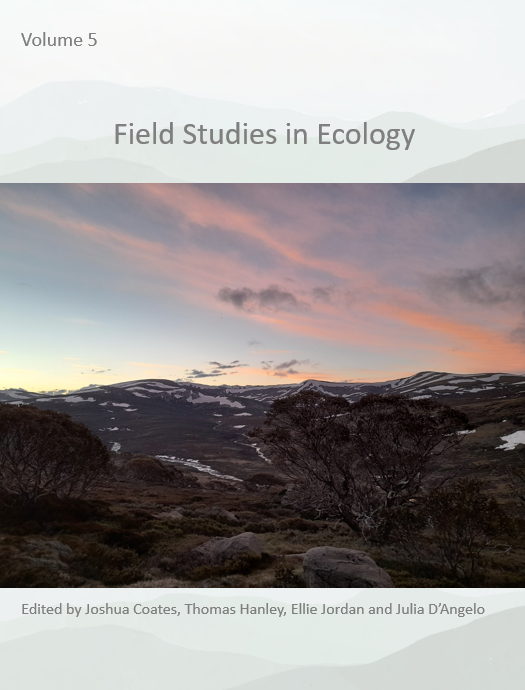Distribution of pollinator functional groups across elevations in Kosciusko National Park Australia
Main Article Content
Keywords
Abstract
Plant-pollinator interactions are important indicators of ecosystem health and resilience. Previous studies have examined pollination networks across elevations in Europe and North America, but there has been little investigation of the distribution of pollinator functional groups across elevations in Australia. We aimed to examine the distribution of pollinator functional groups (Coleoptera, Anthophila, Lepidoptera and Diptera) across elevations in Kosciusko National Park (KNP) by collecting insect specimens and corresponding pollen samples from sites at three different elevations. The highest elevation was dominated by Coleoptera and Diptera with generalised foraging behaviours and the lowest elevation was dominated by Anthophila with specialised pollination behaviours. These findings hold significant implications for the future of pollination networks as warming temperatures may drive competitive pollination specialists such as Anthophila upwards, threatening to outcompete the generalised foragers such as Coleoptera and Diptera in higher elevations. An increase in specialised Anthophila foragers in higher elevations could lead to changes in floristic composition as their pollination services differ from other functional groups that perform incidental pollination.

